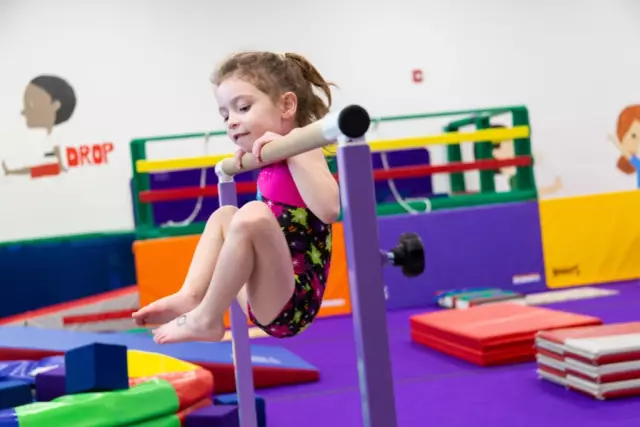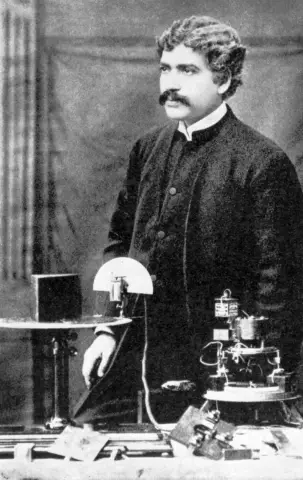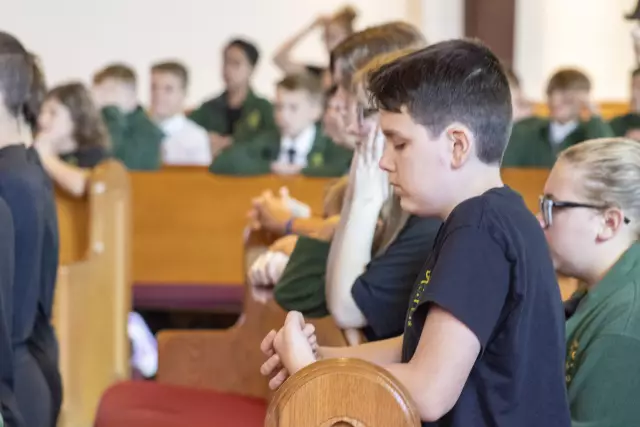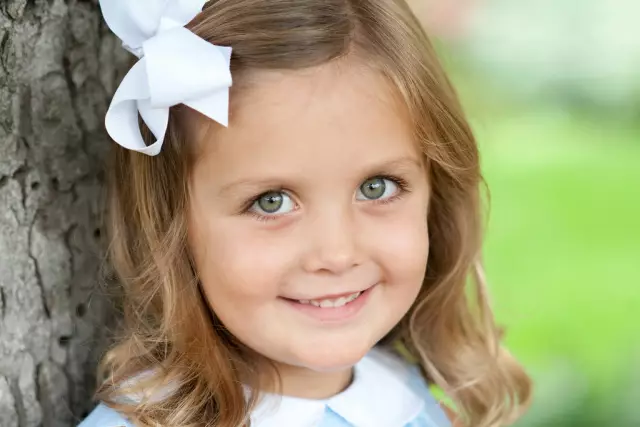- Author Rachel Wainwright [email protected].
- Public 2023-12-15 07:39.
- Last modified 2025-11-02 20:14.
Articulatory gymnastics for preschoolers
Articulation gymnastics is a set of exercises aimed at training the organs of articulation, contributing to the correct sound production.

Articulatory gymnastics for preschoolers is necessary to achieve several goals:
- Improving the mobility of the organs of articulation;
- Increased volume and strength of movements;
- Developing the skills to use the exact positions of the lips and tongue to correctly pronounce a particular sound.
The importance of articulatory gymnastics classes for babies can hardly be overestimated. In addition to the fact that the child learns to pronounce sounds and words correctly and clearly, such activities contribute to:
- Strengthening blood circulation;
- Development of flexibility of the organs of the speech apparatus;
- Strengthening the muscles of the face.
Indications for doing articulatory gymnastics for babies
As a rule, there are a number of reasons and indications for articulatory gymnastics for preschoolers:
Timely classes in articulatory exercises for the development of speech hearing and articulatory gymnastics contribute to the fact that many children can independently learn to speak clearly and correctly. This allows you subsequently not to resort to the help of a speech therapist
- Against the background of complex violations of sound pronunciation, such exercises will help prepare the muscles for subsequent sessions with a speech therapist, which will speed up the process of eliminating speech defects;
- With correct, but sluggish sound pronunciation, articulatory gymnastics helps to quickly develop clarity of pronunciation and expressiveness of speech, as well as get rid of "porridge in the mouth."
Since clear and correct pronunciation of sounds is one of the foundations of teaching writing, it is important to conduct articulatory gymnastics in kindergarten, where the educational process for preschoolers takes place and all the skills necessary for this are laid.
Recommendations for articulatory gymnastics for preschoolers
In order for articulatory gymnastics in kindergarten to bring joy to the child and be effective, it is necessary to take into account the recommendations of specialists:
- At the beginning of classes, children should perform all exercises in front of a mirror at a slow pace, which will help the child to exercise visual control. Usually leading questions help in this, for example: "Where is the tongue now?", "What is it doing?", "What are the lips doing?";
- It is best to increase the pace of the exercise according to the count, but you should not speed it up too quickly. The exercises must be performed smoothly and precisely, otherwise they will not be effective enough;
- For preschoolers, articulatory exercises that are too long in time are not recommended, so as not to cause rapid fatigue in children. The most optimal exercise is considered to be doing exercises twice a day for five to ten minutes. The duration of the lessons should be set individually and depend on both the age and the perseverance of the child. An important role is also played by the contact between the specialist (or educator, if classes are held in kindergarten) and the child;
- During articulatory gymnastics classes in kindergarten, special attention should be paid to children 3-4 years old, since at this age the basic movements are learned;
- The main requirements for articulatory gymnastics for kids 4-5 years old are clarity and smoothness of movements;
- Classes with children 6-7 years old should take place at a fairly fast pace. Also, a child at this age must learn to hold the position of the tongue for some time without obvious changes.
Articulatory gymnastics for preschoolers in verses and pictures
It is best to conduct articulatory gymnastics for preschoolers in a playful way, for which they use poems and pictures.
Articulatory gymnastics for preschoolers in verse not only significantly increases the child's interest in exercises, but also determines the rhythm of their implementation. For such activities, both poems by famous authors and independently invented ones are suitable. The main thing is that they are as suitable as possible for the movement being practiced.
For example, for exercises that practice the skill of opening and closing your mouth calmly and wide, the verse about the hippopotamus is best. It is important that during the time of the poem you can repeat the exercise 3-5 times. After that, you need to give your child time to relax and unwind.
Articulatory gymnastics for preschoolers in pictures serves the same purpose. Bright pictures, which depict the correct position of the lips and tongue for a particular exercise, greatly simplify the task of a specialist and make the classes themselves more exciting.
Articulatory gymnastics for preschoolers in pictures or verses helps in practicing almost all the necessary skills. Usually the exercises are repeated three to four times, remembering to give the child a rest. Most often, the following exercises are performed for gymnastics:
-

Articulatory gymnastics for preschoolers is performed in a playful way "Delicious honey" - open your mouth wide and draw the sharp tip of your tongue along the upper lip from side to side. In this case, the lower jaw should be motionless;
- "Bridge" - open your mouth and, bending your tongue, rest its tip from the inside of the mouth on the lower teeth, holding it in this position for up to 5 seconds. After that, the teeth slowly come together and gradually shrink, and the "bridge" remains behind the closed teeth. After that, the tongue is straightened and relaxed;
- "Pendulum" - open your mouth, stretching your lips in a smile, stretch your tongue and with a sharp tip in turn touch the corners of your lips. It is important to ensure that the tongue moves through the air, while the lower jaw remains motionless;
- "A kitten lapping milk" - open your mouth wide and make 4-5 movements with a wide tongue, imitating a cat lapping milk, after which you can close your mouth and relax;
- "Cup" - open your mouth wide and put a wide tongue on the lower lip. After that, the edge of the tongue should be bent with a "cup" and slowly raised to the upper teeth. Then the uvula must also be slowly lowered, closed your mouth and relaxed;
- "Shovel" - open your mouth wide and put a calm soft tongue on the lower lip, holding it in this position for 3-5 seconds, after which the tongue is removed and relaxed;
- "Proboscis" - to stretch the lips forward, imitating a kiss, and hold for 3-5 seconds in this position, then return the lips to a calm position, relax and rest;
- "Hamster" - with your mouth closed, puff out your cheeks and hold for 3-5 seconds in this position, then exhale and relax;
- "Smile" - widely spread the corners of the lips, exposing clenched teeth, then return the lips to a calm position and relax.
Articulating gymnastics for preschoolers not only prepares the child's vocal apparatus for correct pronunciation, but also creates the possibility of easy learning at school.
Found a mistake in the text? Select it and press Ctrl + Enter.






